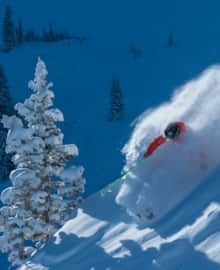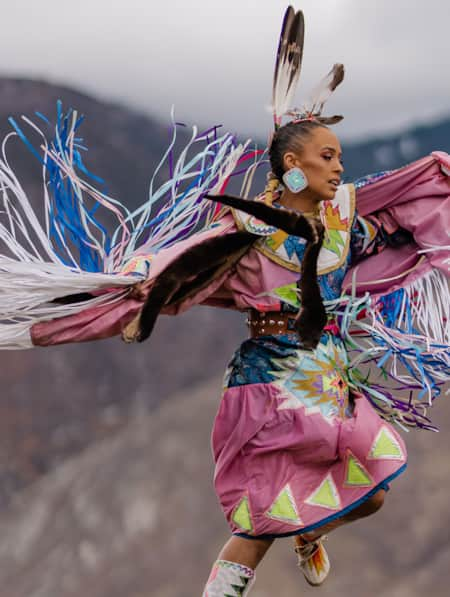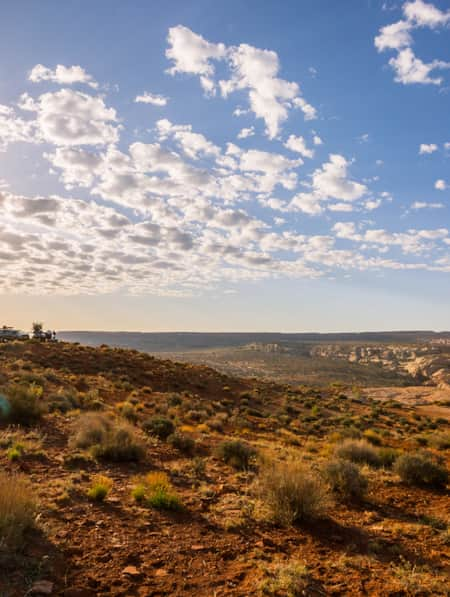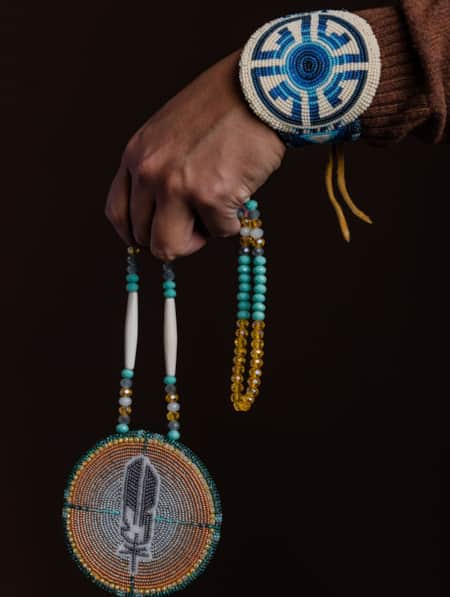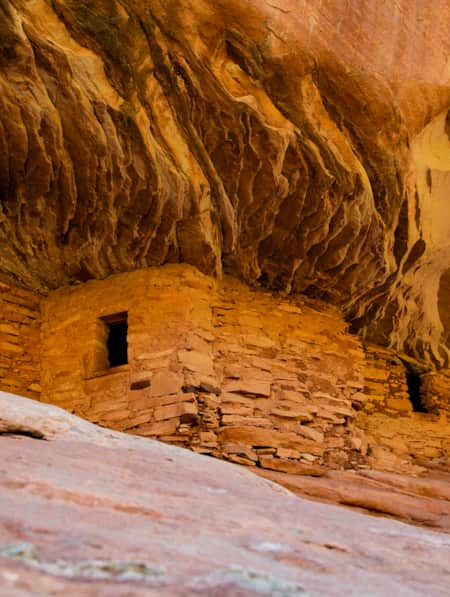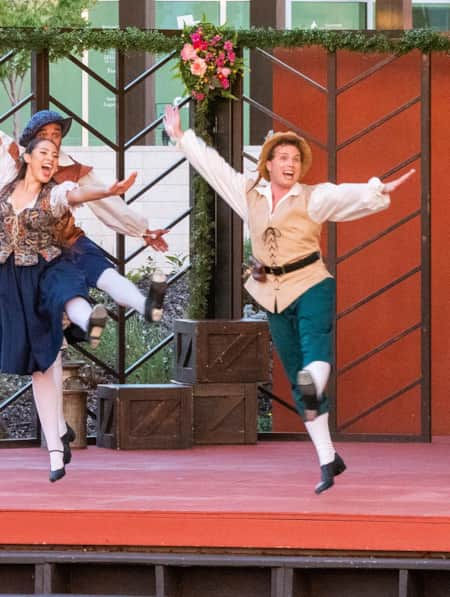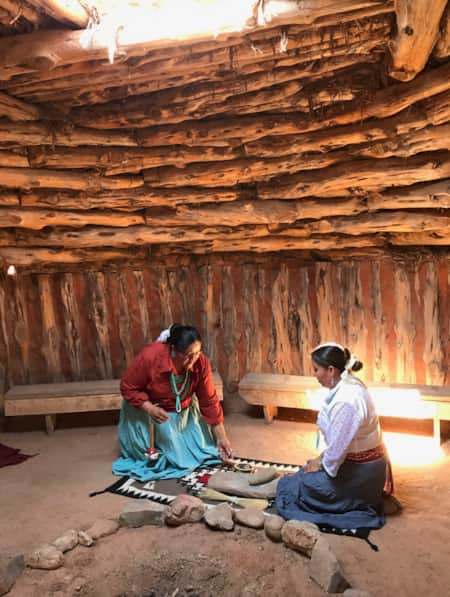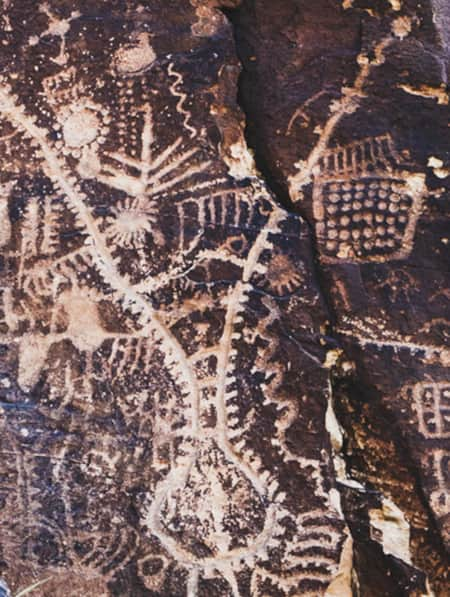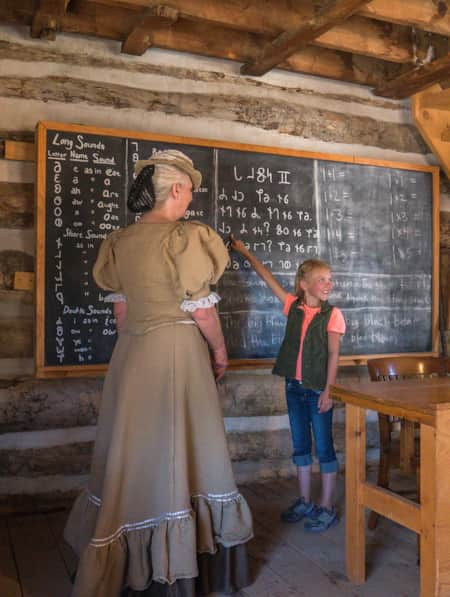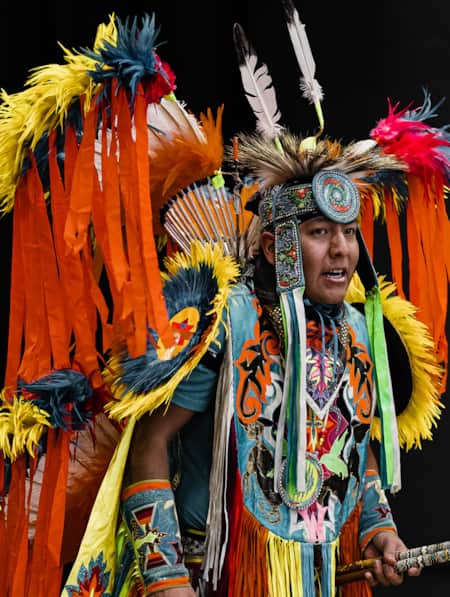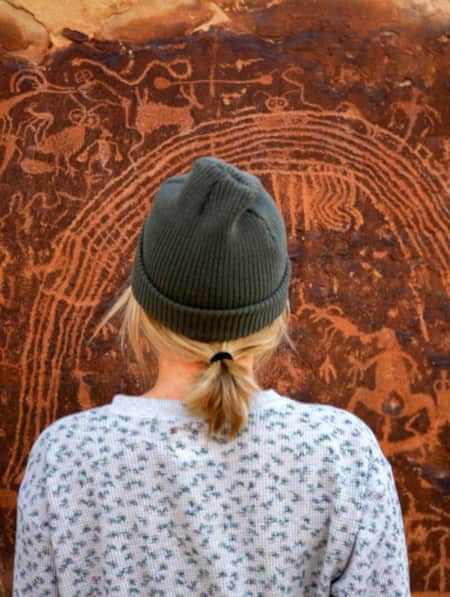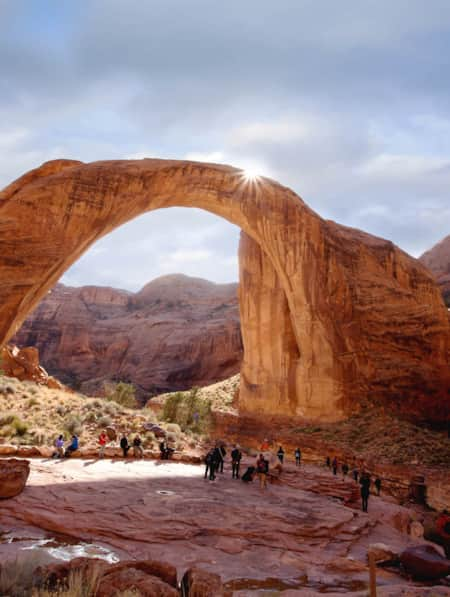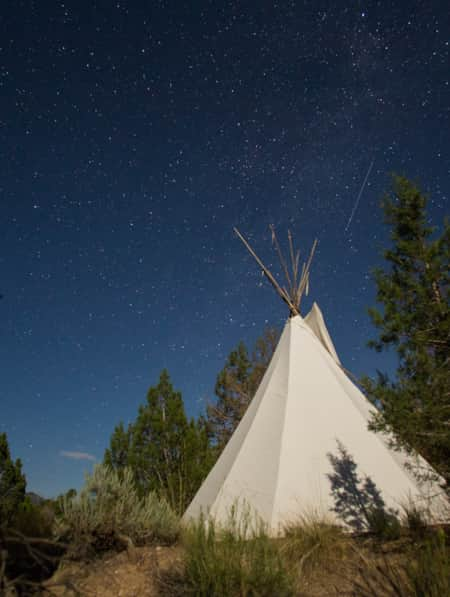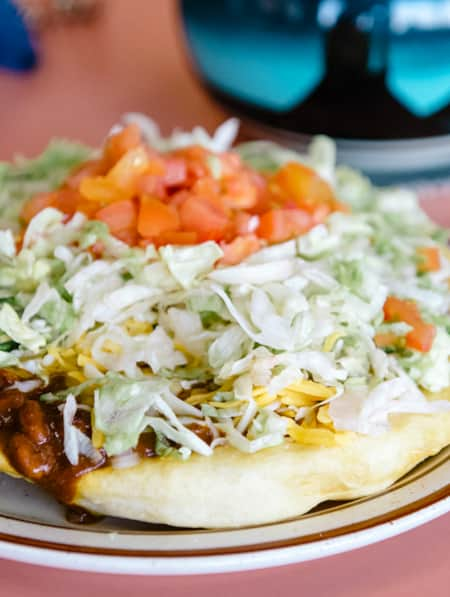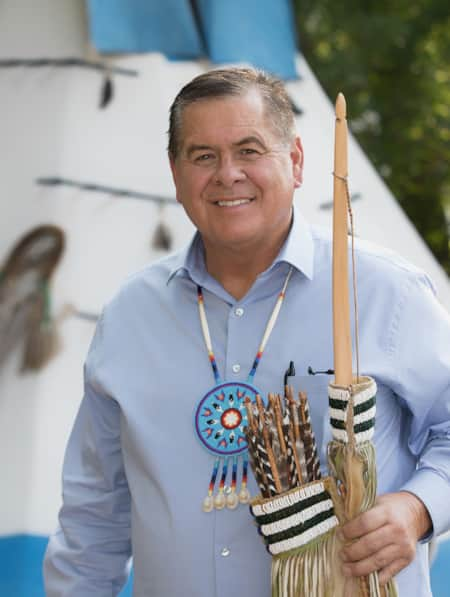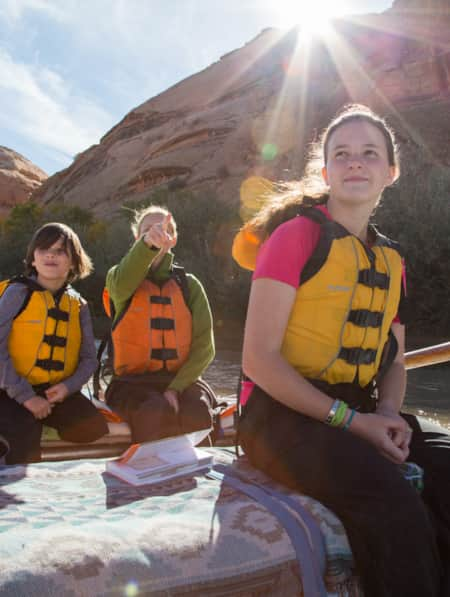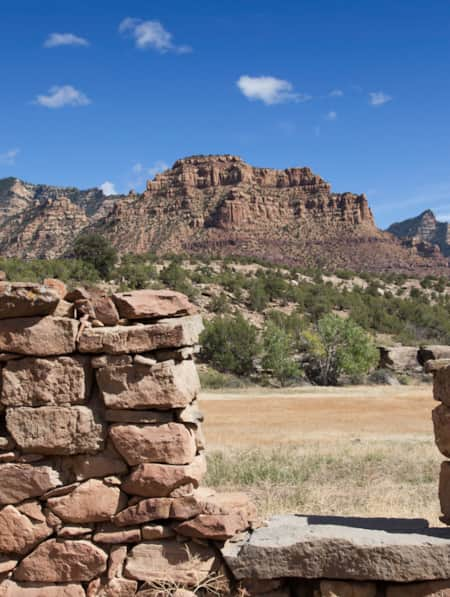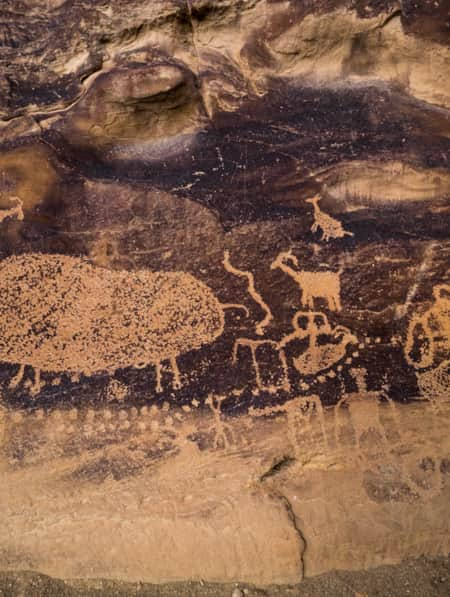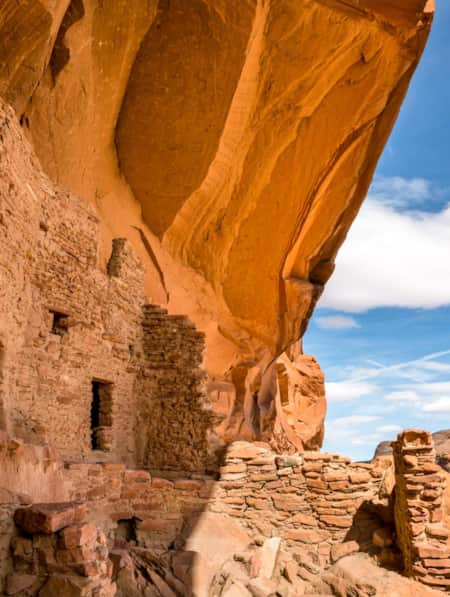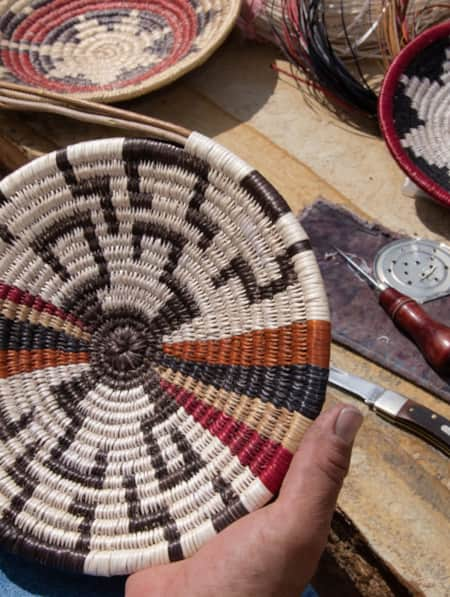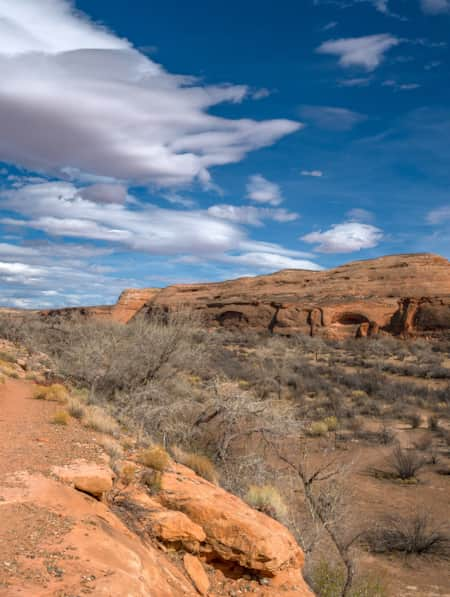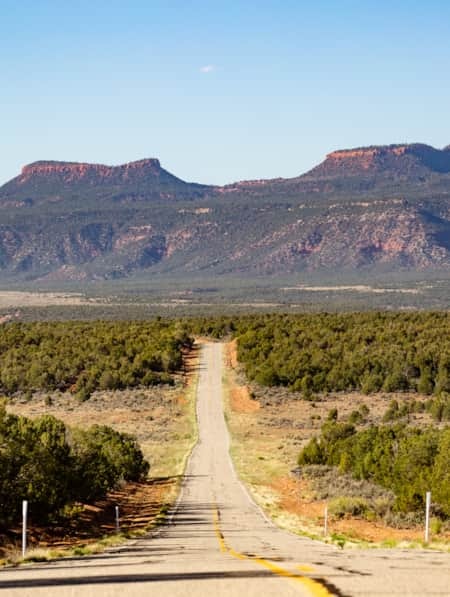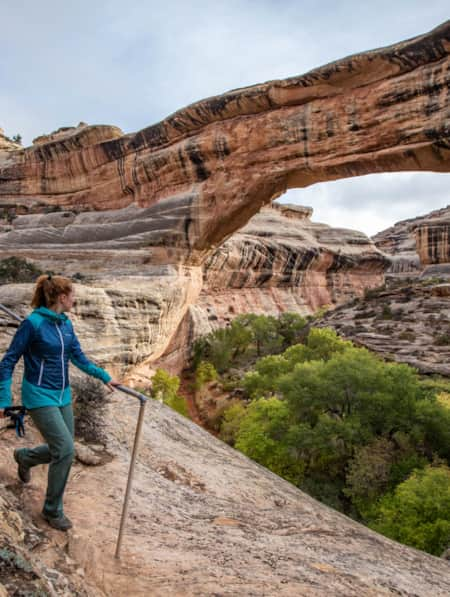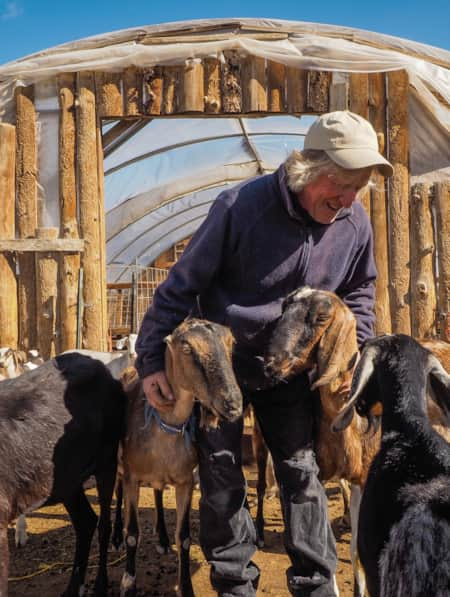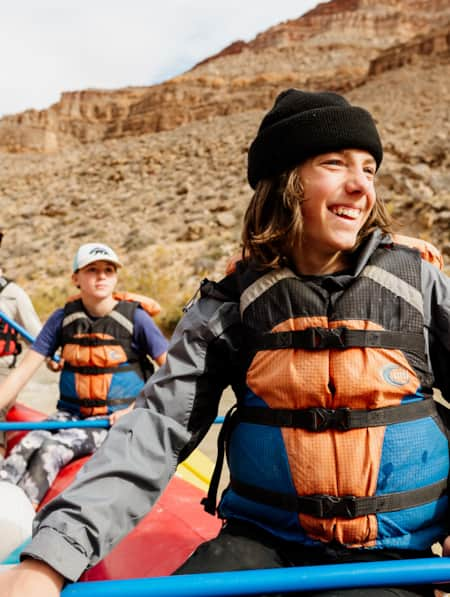Wintertime Storytelling With Shoshone Tribal Elders
We’re shining a spotlight on elders from the Northwestern Band of the Shoshone Nation who keep tribal history alive through the stories traditionally told and retold in winter months.
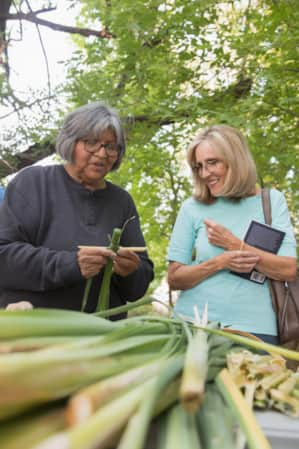
Native American tribal nations have a rich tradition of storytelling. Many of these stories go back to time immemorial and are believed to have been passed on in one form or another through the generations. These stories range from true and educational to comedic and entertaining. For many tribal nations, wintertime was story time. For the Northwestern Band of the Shoshone Nation, whose cultural homelands stretch from Northern Utah into Southern Idaho, from Western Wyoming to northeastern Nevada, wintertime made sense for telling stories because cold weather prohibited them from doing much else. (Read: "Get to Know Utah's Tribes")
Hunter-gatherer peoples worked extremely hard throughout the seasons procuring sustenance for daily living, and also accumulating the necessities for potentially long winters. Winter was a time when people could take a little bit of a rest from their labors, and share stories to pass the time.
In many tribal nations, tribal elders would teach younger generations about life and those who came before (Read: "Art Keeps the Native American Culture Alive"). It was a time of learning for children and a time of reflection for others. It’s tradition that the children gather around while a tribal elder shares truths and other important information with them. If the children are caught falling asleep or otherwise not paying attention, the elder will stop speaking and the session is over.
Here are brief versions of stories from a handful of contemporary Northwestern Shoshone storytellers, all considered tribal Elders with wisdom to impart. Will you be paying attention?
"Native American tribal nations have a rich tradition of storytelling. Many of these stories go back to time immemorial and are believed to have been passed on in one form or another through the generations."
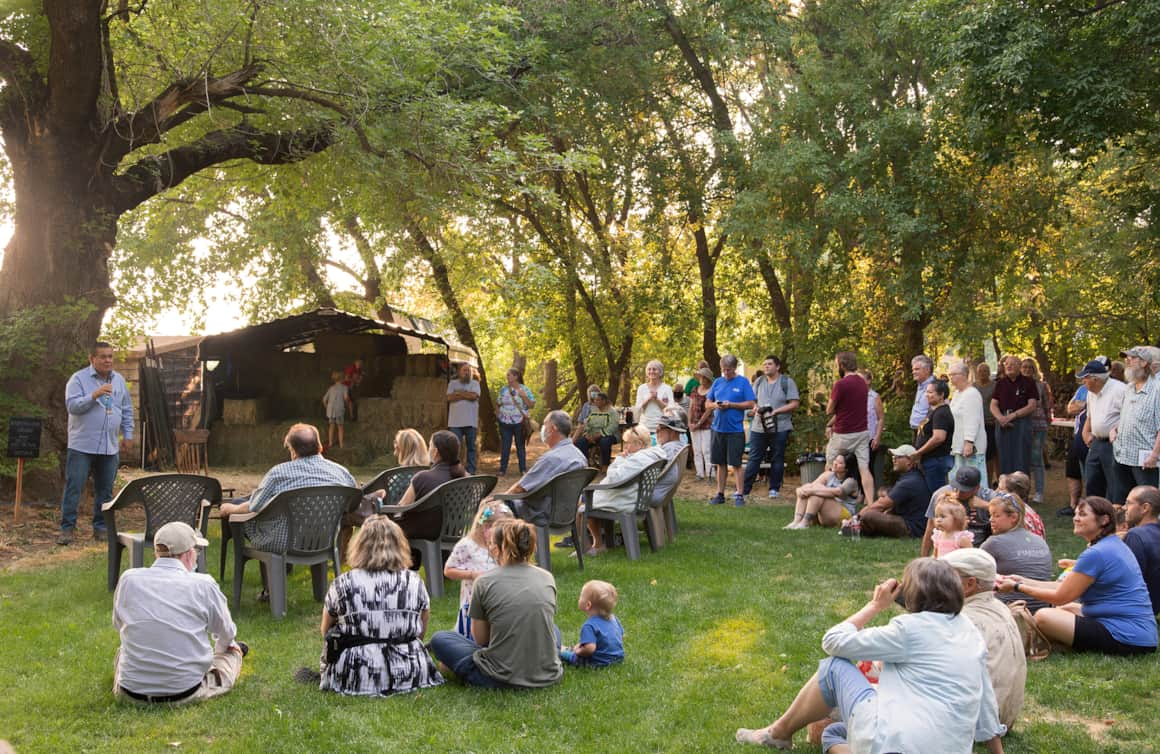
At a Meet the Shoshone event in Ogden, Darren Parry imparts the rich tradition of Native storytelling.
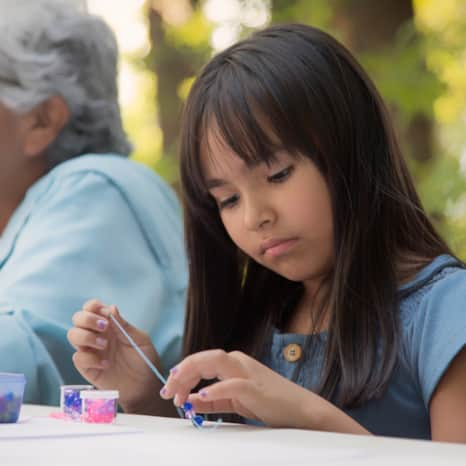
It’s tradition that the children gather around while a tribal elder shares truths and other important information with them.
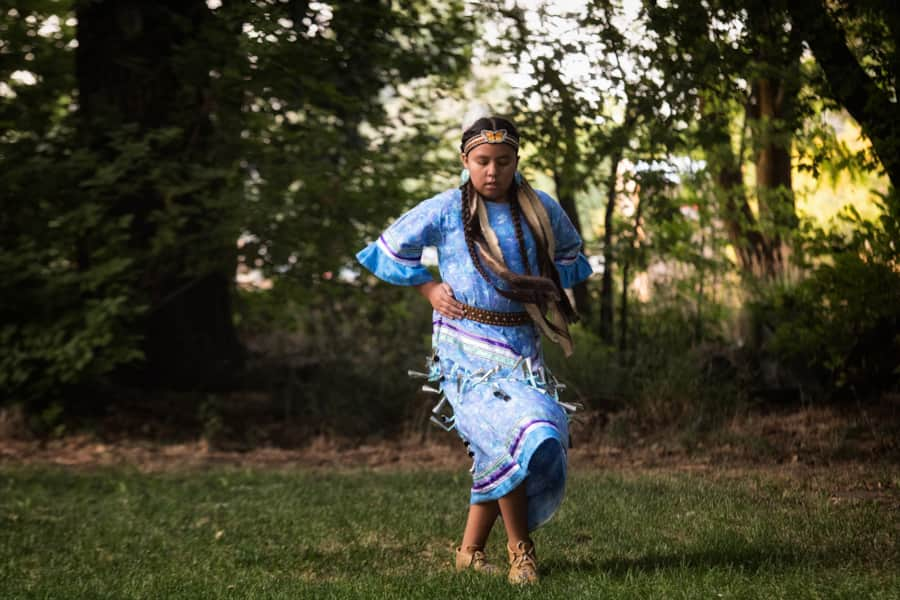
A young girl performs a Shoshone dance in a traditional jingle dress.
Rios Pacheco: “The Story of The Mourning Dove”
Rios Pacheco is a tribal elder and spiritual leader for the Northwestern Band of Shoshone. Rios tells of a mother and her young daughter who were picking berries near the waterfront. The mother counseled her daughter to not wander off by herself because bad things can happen when you wander off alone. After a while the mother noticed that her daughter had indeed wandered off. As the mother went searching, she heard a noise down by the water. As the mother approached, she noticed a mourning dove in the water who had some of the things that her daughter had carried with her. It was apparent that the daughter had somehow transformed into the mourning dove and was no longer herself. The moral of the story is that parents and caretakers need to keep a watchful eye on their children or else it could possibly lead to trouble.
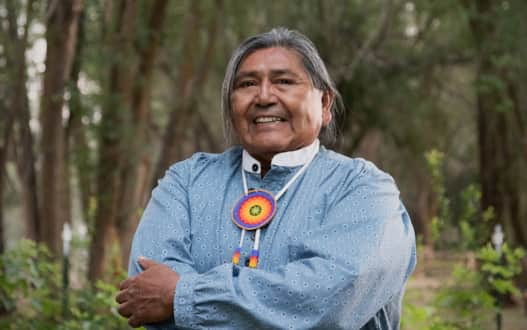
Rios Pacheco is a tribal elder and spiritual leader for the Northwestern Band of Shoshone.
Photo: Nicole Morgenthau
Patty Timbimboo-Madsen:“The Warming Pit”
Patty Timbimboo-Madsen is the cultural specialist for the Northwestern Band of Shoshone and also runs the tribe’s library in Ogden. She tells a personal story, recalling going to yost, or hunting, with her grandfather and other family members in the months leading up to winter. One particular time it got really cold and the children were especially uncomfortable. Wondering what to do, Patty’s grandfather decided to dig a pit in the ground that was big enough for the children to fit in, and warm up some rocks to place in the bottom of the pit. Once the children climbed in, they would cover the pit with blankets which kept them nice and warm. This personal story is a tale about adaptation. Native Americans have always adapted to their surroundings for survival. There’s always a way — if you’re willing to adapt.
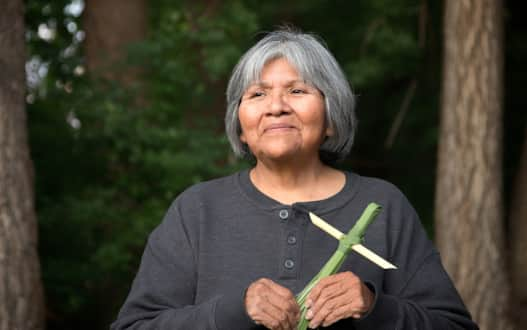
Patty Timbimboo-Madsen is the cultural specialist for the Northwestern Band of Shoshone.
Photo: Nicole Morgenthau
Darren Parry: “A Shoshone Chief”
Darren Parry is currently a tribal councilman for the Northwestern Band of Shoshone, in addition to being a public speaker and author of “The Bear River Massacre: A Shoshone History” (Read about his background: Nourished by the Land: A Shoshone Perspective).
Darren likes to tell the story of how one becomes a Shoshone chief.
“A young girl once asked me how one becomes a Shoshone chief,” Parry said. “My response was that when a young Shoshone boy or girl does an act of kindness or service in their village, the chief would reward them with one eagle feather. I then asked the girl what would happen if that young boy or girl kept doing nice things for people and provided acts of service or kindness for their family and friends? She answered that they would get more eagle feathers.
“I then asked this young girl: What if the person kept doing kind things for people until they became an adult? She answered that they would have so many eagle feathers. I told her that she was right.
“Then one day when the chief gets ready to die, he will call all of the village together and ask everyone to show him their eagle feathers. The person that had the most eagle feathers would become the new chief. You see, the chief isn’t always the bravest, or toughest or strongest. The chief is always the one who has led a life of service and kindness to those around him or her. So, go be a chief today. Be a good sibling. Be a good friend and be the kind of person that people want to be with. In this way, you will become a leader in your community.”
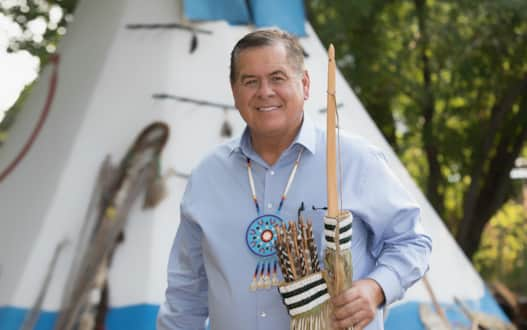
Darren Parry is a tribal councilman for the Northwestern Band of Shoshone.
Photo: Nicole Morgenthau
Gwen Timbimboo Davis: “Star Bears”
Gwen Timbimboo Davis is a tribal elder who has served the Northwestern Band of Shoshone for many years in different leadership capacities. Gwen shared “Star Bears,” a story that she wrote.
“My name is Little Grandma or Dandacy Gaa-goo. We bears live in the mountains. We sleep all winter and wake up in the spring. Springtime is when we have our cubs. This year I had a boy cub. I loved him very much. I kept him close to me to keep him warm and safe.
“The day came when it was time for the cub to go out into the world and start learning the ways of his people. He grew big and strong. I taught him everything a young bear should know about the world. I taught him how to fish, where to find the sweetest berries, how to hunt and thank the Creator for food and many other important things. At night when the stars came out, we would sit together and look at the many stars across the night sky. I told him that all the stars were once bears, and when the bears died their spirits became the stars. The bears came out at night to see how everyone was doing and to comfort those who were missing their loved ones on the other side. I told my bear son that one day I will be with the other bear stars looking down on him and that sometimes sky bears would come to visit loved ones in the form of a shooting star before returning back home in the morning.
“One day, the rocks came tumbling down the mountain and my bear son could not run fast enough to get out of the way. When I found my bear son, he was hurt and his back leg was broken. I helped him to our cave. I made Bassoovee, cottonwood tea, for the pain. With each passing day, he got weaker and weaker. He called me to his bed and told me he was going to the forever sleep. I cried and my heart was broken. Goodbye, my son.
“It is winter again, and time for me to get up. The sun is going down and the stars will be out one by one. I wait for the bear star that is the largest and brightest. That star is my son. We talk and laugh all night until the sun comes back up. I will wake up every night for a short time and then my son will go into the long sleep until next winter. When he returns, we will talk and laugh once more. Now I go back to my cave to keep my new cub safe and warm. One day I will be with the star bears and my son, for his name is Bia Wooda, or Big Bear.”
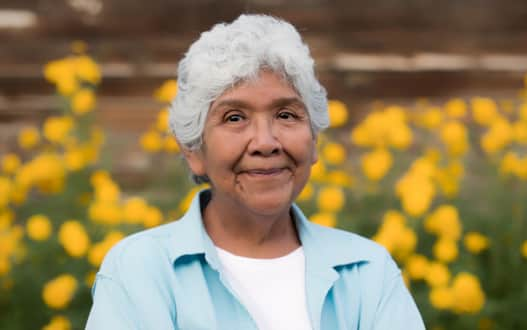
Gwen Timbimboo Davis is a tribal elder for the Northwestern Band of Shoshone.
Photo: Nicole Morgenthau
